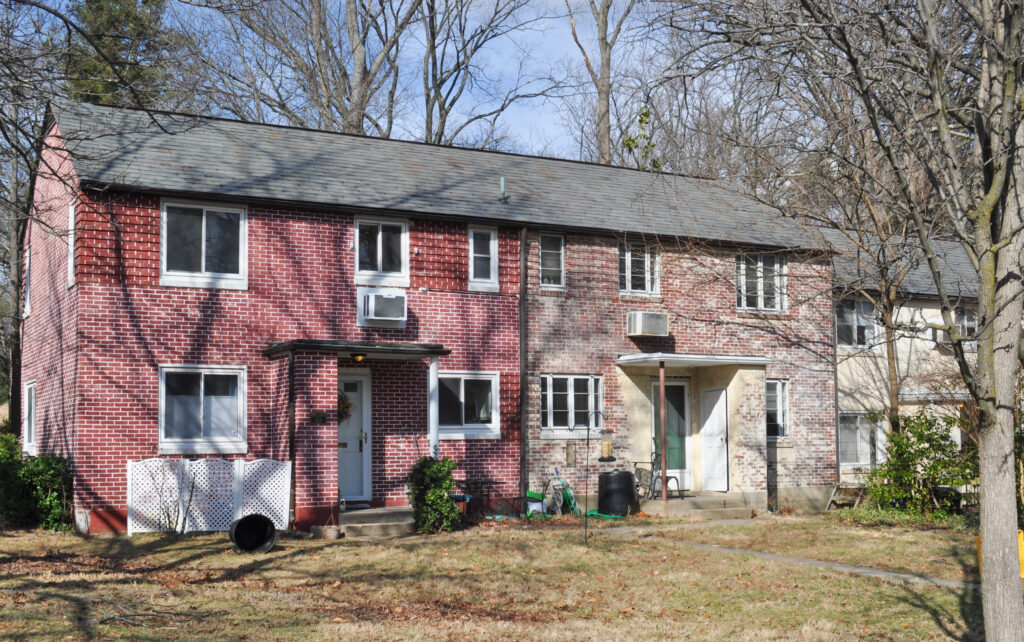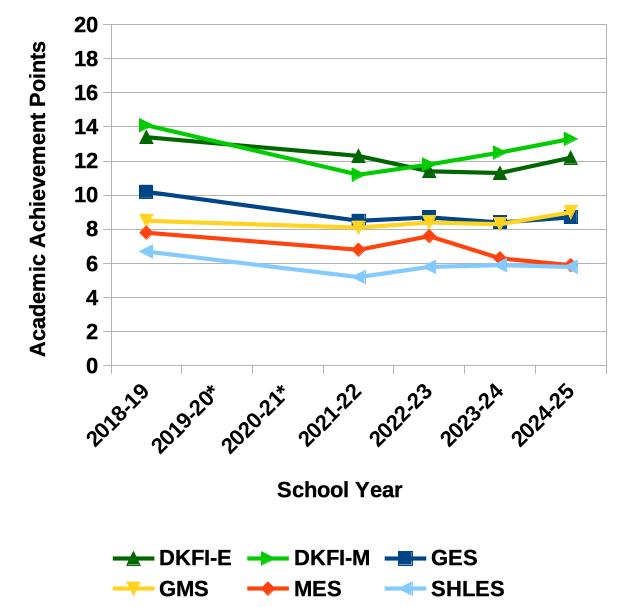Reprinted, with permission, from the Bay Journal, February 2, 2023
Look down from 30,000 feet up in the sky and a patch of green stands out amid the web of concrete and asphalt covering the landscape between Baltimore and Washington, D.C.
At the core of that verdant oasis is the Patuxent Research Refuge, 13,000 acres of forest, meadow and wetlands that a former U.S. senator once described as the “lungs” of the region. Established in 1936, it’s the only national wildlife refuge dedicated to research.
Those green lungs are at risk these days, though, because the forested lands on the periphery of the refuge are attracting development interest.
Last year, it was a largely wooded 105-acre tract on the refuge’s southern border, which the National Aeronautics and Space Administration wanted to put up for sale. That plan was tabled amid pushback from refuge advocates.
Now, Prince George’s County is weighing plans to develop 97 mostly forested acres of public land along the refuge’s southeastern border. The county last summer called for proposals to build a “mixed-use transit village” next to the MARC commuter rail station at Bowie State University.
“The site is central to Prince George’s County’s broader economic development goals, the growth of Bowie State University and the needs of the surrounding community,” said a county-sponsored report by the Urban Land Institute. The 2020 report envisioned graduate student housing, shops and eateries, plus possibly some offices, a brewery and data center.
Refuge Manager Jennifer Greiner hopes it’s not too late to get the county to reconsider. That land has served the refuge for decades as a buffer from the noise, light and pollution of nearby traffic and development, she said.
Greiner wrote the county’s economic development chief in December suggesting that the U.S. Fish & Wildlife Service would like to buy that tract, along with another 100-plus mostly wooded acres of adjoining county-owned land, to add to the refuge.
“There are a lot of reasons not to build in there,” Greiner said in an interview. “Even if it weren’t next to the wildlife refuge, it still seems ill-advised to develop there.”
Much of the 219 acres of public land between the refuge and Bowie State is high-quality forest, she said. Satellite images show more than 11,000 trees there that a NASA scientist estimated sequester 3,500 tons of carbon, she said.
Those woodlands also have effectively shielded sensitive forest habitat on the refuge used by birds and bats, Greiner added, including endangered northern long-eared bats.
Preserving the forest would help air quality, she said, while clearing trees and disturbing wetlands on the site would increase sediment runoff to streams that feed into the Patuxent River, a Chesapeake Bay tributary that flows through the refuge. Development in the D.C. suburbs is already taking an environmental toll. Prince George’s, which is Maryland’s second most populous county, lost more forest than any other county in the state from 2013 to 2018, according to a recent study by the Harry R. Hughes Center for Agro-Ecology of the University of Maryland.
[The refuge] “is beset by threats on every boundary now,” said Richard Dolesh, board chair of the Friends of Patuxent. “Times have changed. What was kind of a sleepy rural undeveloped part of the Baltimore-Washington corridor is now facing intense development pressures.”
Indeed, in addition to threatened encroachment along its borders, the refuge itself faces potential incursion. A group of investors has proposed building a superconducting magnetic levitation rail line from D.C. to Baltimore, and one of the two routes being considered would run through the refuge.
During the decades since its establishment, scientists at Patuxent have worked on the captive breeding of endangered whooping cranes and traced the toxic DDT pesticide through the wildlife food chain, among other projects.
Since 1996, research there has been conducted by the U.S. Geological Survey. But the refuge, managed by the U.S. Fish & Wildlife Service, remains vital deep-forest habitat for migratory songbirds such as the scarlet tanager and the wood thrush. The late ornithologist Chandler Robbins, who spent 60 years working there, used it and nearby lands to document the harmful impacts of forest fragmentation on bird populations.
Angie Rodgers, the county’s deputy chief administrative officer for economic development, referred queries about the project to others on staff. Jose Sousa, an assistant, replied by email that the county and Bowie State have been talking about developing the site for more than a decade. The county issued a public request for expression of interest from potential developers in 2021, he noted, and followed that up with a request for specific proposals in June 2022.
But Greiner said she only learned about the proposed development last summer from someone who had seen the county’s call for proposals. The wildlife service has long been interested in acquiring that land, she said. The agency attempted to buy it years ago when it was owned by a different public entity.
“As a neighbor, an immediate neighbor, and as a prospective buyer, we should have been engaged in the process,” she said. She had planned to voice her concerns at a county public hearing on the development in September, but it was canceled and has not been rescheduled.
Thomas Dernoga, chair of the Prince George’s County Council, said through a spokesperson that he knows the county and Bowie State are interested in developing around the MARC station but had not heard concerns about the project before. While unwilling to state a firm opinion without knowing more, he said that generally, “I am very supportive of expanding the Patuxent Wildlife Research Refuge.”
Janet Gingold, chair of the Prince George’s group of the Maryland Sierra Club, called it a “complex situation,” noting that her group generally supports transit-oriented development.
“We hope that a plan can be developed that limits the development to the area closest to, and within walking distance, of the MARC station and preserves most of the forest land as part of the Patuxent Research Refuge,” she said in an email.
Part of the county-owned land had been a sand and gravel mine, she noted, and is still recovering from that disturbance.
“I hope that appropriate biological and soil experts will be able to assess the property to determine its current status,” she concluded, “and that all efforts will be made to conserve the mature forests. The Patuxent Research Refuge is a treasure that must be safeguarded.”
The Patuxent River Commission, a multijurisdictional advisory body created by the legislature to look out for the river’s welfare, wrote the county in December urging it to consider the wildlife service’s offer to buy or protect via easement all or part of the 219-acre tract.
Dolesh of the Friends of Patuxent said he fears that the MARC station development project is “hardwired” at this point and it’s too late to head it off. He suggested there still could be a “win-win” outcome if the county would set aside the other 100-plus acres of county-owned land to buffer the refuge.
But refuge manager Greiner said that the acreage closer to the MARC station has the most mature forest.
“All of it is ecologically valuable land,” she said, “or we wouldn’t have had it [in mind] for so many years.” But she added, “A lot of the big trees are on what I call the front half, the half closer to Bowie State. That’s kind of the pickle of it.”
Greiner said that the county’s plan to develop this forested land appears out of step with its new “climate action plan.”
Adopted by the county council in July, the plan sets a goal of reducing greenhouse gas emissions in Prince George’s 50 percent below 2005 levels by 2030, with a further goal of carbon neutrality by 2050. Among its more than two dozen recommendations, the plan calls for maintaining countywide forest and tree cover at 52 percent through 2030 and expanding it to 55 percent by 2050.
“This is a very important test of how we take climate change mitigation and adaptation into account as we make land-use decisions, not just developer profits,” the Sierra Club’s Gingold said.
Greiner said she’s not insensitive to the needs of Bowie State, Maryland’s oldest historically Black university. She hopes the refuge and the university could collaborate on using the forest as a “giant outdoor learning laboratory” for students while limiting development to the three acres or so of land the school owns adjacent to the MARC station.
Greiner said that she’s received no response to her letter seeking time to put in an offer to buy the tract. She did get a meeting in September with three county economic development staffers and told them then the federal wildlife service would need about six months to evaluate and assess the property, then another six months or so to get funding approved for a purchase.
“I’m hopeful that maybe they’ll press the pause button,” Greiner said.
Timothy Wheeler is an associate editor and senior writer at the Bay Journal



